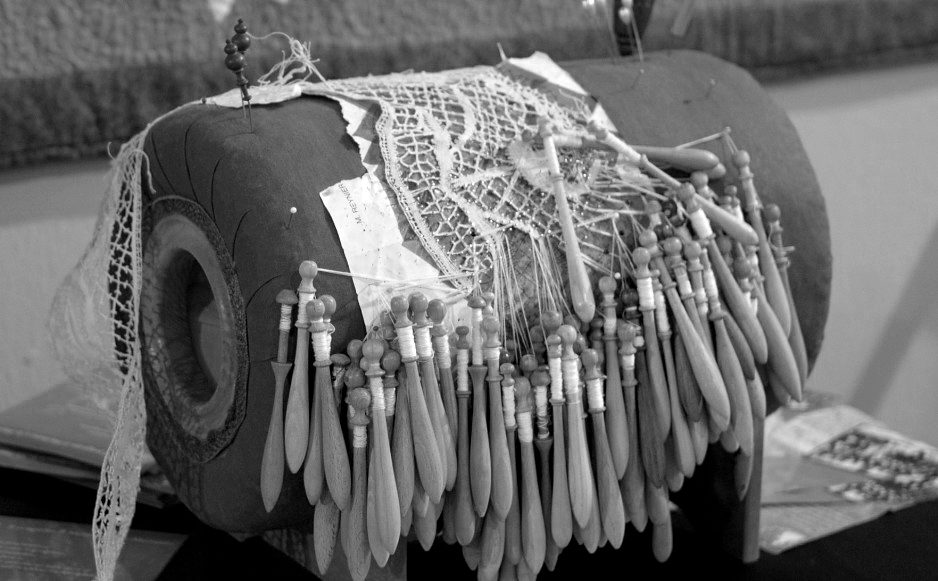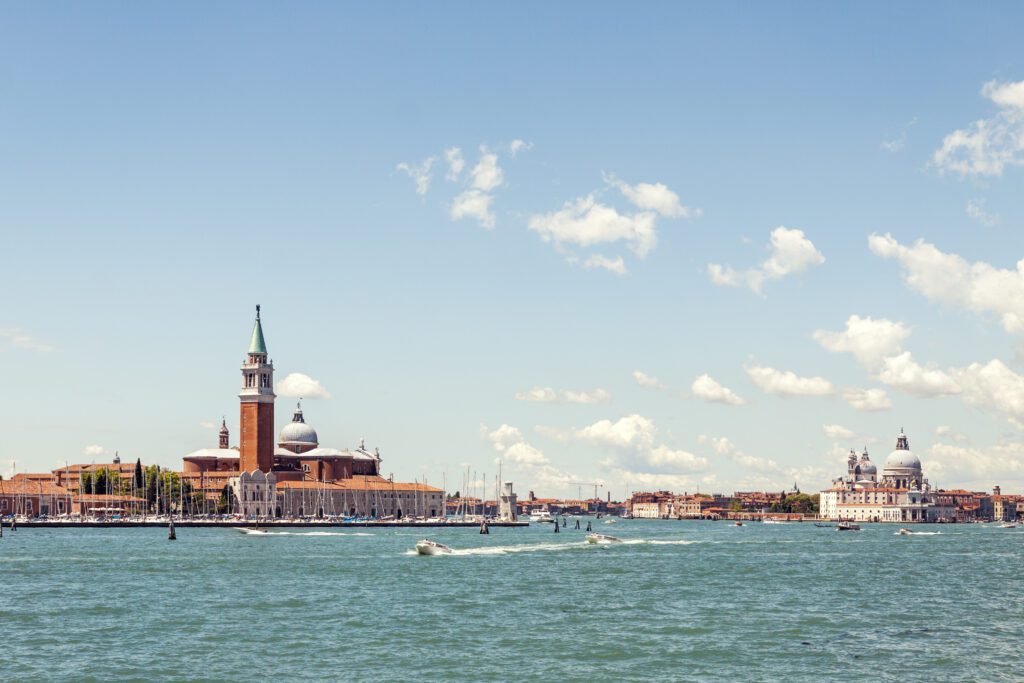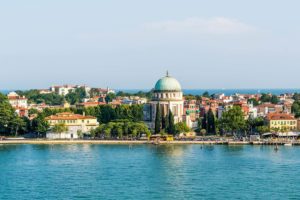Bobbin lace: the tradition that lives in Pellestrina

If you think of Venetian lace, that from Burano immediately comes to mind, but there’s another island in Venice that’s a land of lacemakers: Pellestrina.
While the famous Burano lace is made with the needle technique, that of Pellestrina is bobbin lace.
Bobbin lace probably derives from the ancient technique of trimmings, that is, the hand weaving of cords, braids, fringes and other creations once made to embellish clothes – especially women’s – as well as furniture and ecclesiastical ornaments.
Bobbin lace work is similar to trimmings: it is performed using yarns rolled on special spools (the bobbins) and a padded cushion (the tombolo, or “balon” in the local dialect) as a support.
The production of bobbin lace has been documented since the beginning of the 17th century, a period of great poverty especially in the most isolated places of the lagoon. While lacemaking came about as a pastime for noblewomen, in Pellestrina women lacemakers used their work to help support their families, while the men were mainly fishermen.
In 1874, the first bobbin lace school was opened. It was such a success that almost all the women on the island learnt the art of lace and the work became increasingly widespread at least until the 1960s.
With several ups and downs, periods of prosperity and others of crisis, the art of bobbin lace has survived to the present day. Now the lacemakers of Pellestrina work mainly for themselves, and no longer to sell their creations.
Walking around the island in the hot season (in particular Portosecco, a true lacemaking village), you can still see women intently weaving bobbin lace while sitting around chatting in front of their houses or along the lagoon, and this helps give the island that unique feeling of being suspended in time.
Today, together with the Burano Lace Museum, several projects are organised to promote Venetian lace, such as the Lace Biennale that also involves the lacemakers of Pellestrina, or the various events held in 2021 for Venice’s 1600th anniversary. There is also the Murazzo di Pellestrina cultural association, established in 1976, which holds lace courses and since 2007 has kept the longest lace in the world, made by the women of the island.

Venice in Celebration: A Journey Through Sport, Tradition, and Culture

The Venice Carnival in 2025 meets Casanova










